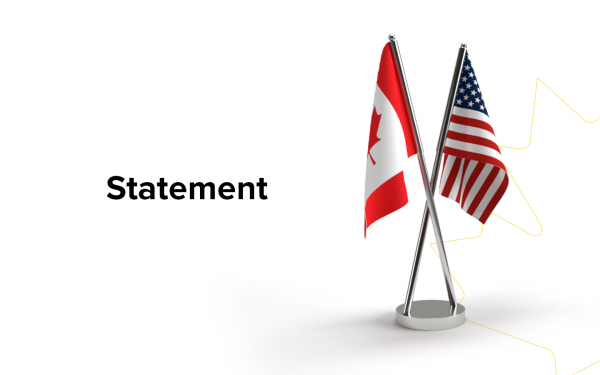Billions for net-zero commitments is all good for the economy, but today’s climate change horrors must be addressed
As published in the Toronto Star
It’s often said that today’s economy is all about resilience — developing robust and crisis-proof supply chains, diluting our dependence on other states for critical materials, making sure we always have a backup plan on hand so we can pivot when disruption strikes.
But economic resilience is as much about dealing with extreme weather as it is dealing with unpredictable geopolitics.
Forest fires threaten our communities summer after summer, increasing in their severity and stifling the country in smoke.
Summers are hotter. Winters are wishy-washy. Flooding is more commonplace. The world is aghast, as it should be, as the wildfires in northern Quebec, Nova Scotia and northeastern British Columbia break records and turn millions of hectares of trees into charred stumps — even as Alberta faces flooding.
And even though we, as a country and as a business community, know all these things, our backup plans are stumbling along.
The big money, of course, is backing a multi-year plan to transition the economy to a low-carbon stance. It’s the focus of government policy, of billions in federal budgets, and of much planning and investment within corporations that have taken on net-zero commitments.
And so it should be. Canada is ambitious in its targets. Business and government alike are orchestrating a wholesale transformation of the economy around us.
But our ability to confront the already-present dangers of climate change is shaky at best and could use some focus of its own.
Policy and funding for adaptation to warmer temperatures has always been the poor cousin when it comes to climate politics.
The federal government finally produced a plan for a national adaptation strategy late last year, after thorough consultations with provinces, Indigenous organizations and business. The spring budget allocated $1.6 billion over five years to the plan — building on some previous funding —and concrete details are expected to be rolled out this week.
That compares to about $50 billion that the U.S. has earmarked for climate adaptation and resilience through its budget and Joe Biden’s Inflation Reduction Act.
And while the latest federal allocation isn’t the only thing governments are driving on climate adaptation, it’s a sliver compared to what Ottawa says is $200 billion in long-term plans for cutting emissions and protecting the environment — plans that are evolving and are clearly a top government priority.
In other words, the amounts dedicated to ensuring severe weather events don’t tear apart our economy are slim, reflecting the priorities of policymakers.
And now we learn that they’re not being spent as advertised. As the Star’s Alex Ballingall reported last week in an analysis of budgeted funds for climate initiatives, government spending was billions behind schedule or left on the sidelines according to the Public Accounts.
Much of that slow funding circles around climate adaptation. Disaster mitigation funding was just a trickle until recently. Investment in resilient infrastructure was only half spent. Money for ensuring the flow of goods and people can withstand the effects of climate change is way behind.
Meanwhile, the companies and communities that lean on that kind of infrastructure to do business are under fire or under water — literally. Wildfires in June have forced the temporary shutdown of dozens of mining operations across Canada, and now flooding in some parts of the country is forcing road closures.
This isn’t just bad luck. There’s a reason why the largest homeowner insurance company in California won’t sell coverage any more in that state, and other insurers are scrambling to cover costs. Costs, the New York Times reports, are just too hot to handle.
That hasn’t happened in Canada, and here, the federal government is working with the insurance industry to make sure it doesn’t, according to a CBC report.
But there’s no doubt that that kind of collaboration between the private and public sectors needs to ramp up dramatically to meet the immediate challenge of more turbulent weather events.
A recent study by the Canadian Climate Institute, The Co-operators Group Ltd., and Climate Resilience Consulting figures the Canadian economy will need $78 billion in investment by 2050 to cope with the effects of extreme weather events. The price tag drops by half, though, if the work is done earlier rather than later.
Number-crunching by Ontario’s Financial Accountability Office found a similar dynamic last year. Climate-related strain on infrastructure will cost the province about $2.2 billion a year for transportation infrastructure alone, if left untouched. But with investment in buoying up the network, climate-related costs would be lower.
More importantly, transportation of goods and people would be far more reliable, which is exactly the kind of predictability businesses need if they want to be resilient.
A more robust transportation network that connects Canada reliably to the U.S. is already a prerequisite in the new economy of friend-shoring and regional trade alliances — a network that requires federal and provincial governments to co-operate, plan and invest together.
This early summer of fire and floods confirms, however, that resilience is not just a question of beefing up trade corridors and supply chains. It’s also about climate-proofing those very networks.











